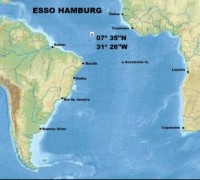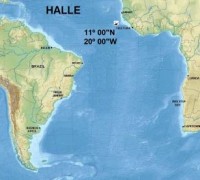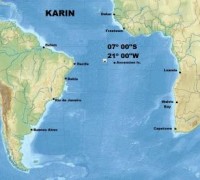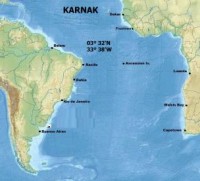- BLOCKADEBRECHER
11)GOSLAR (SCUTTLED)
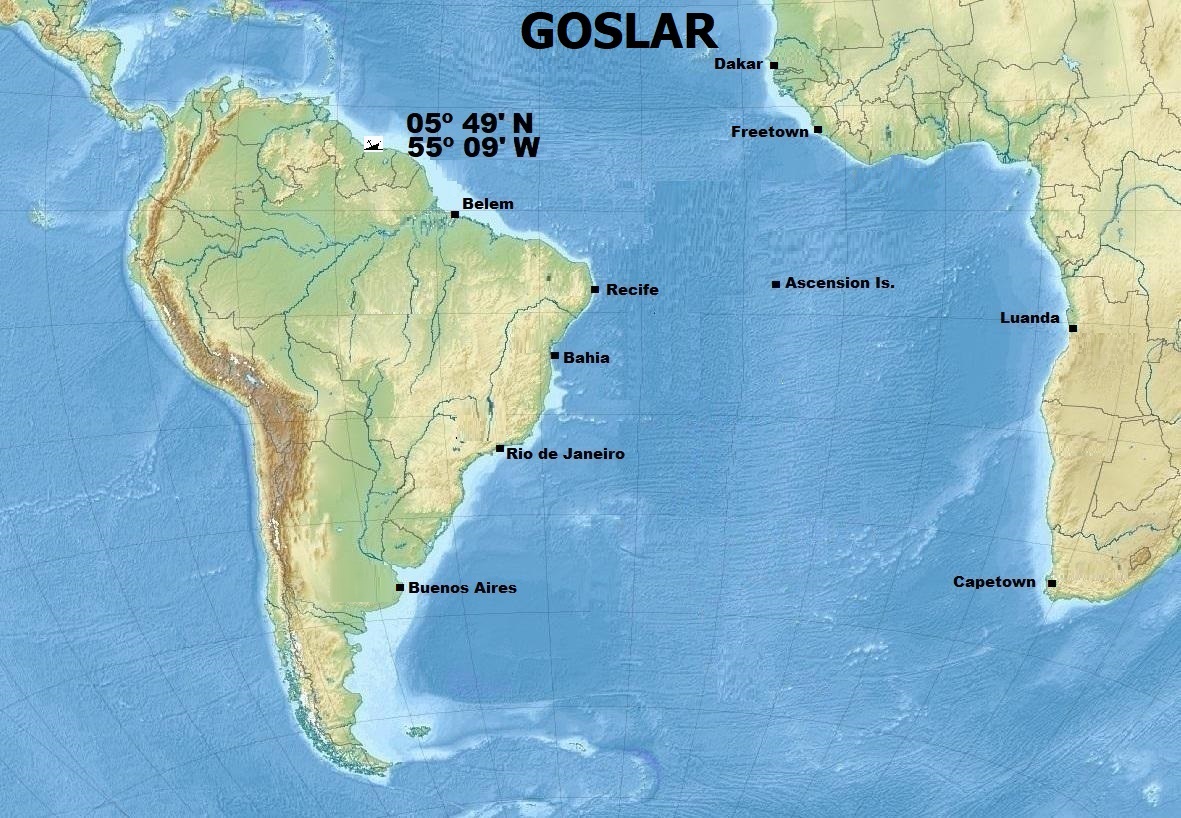
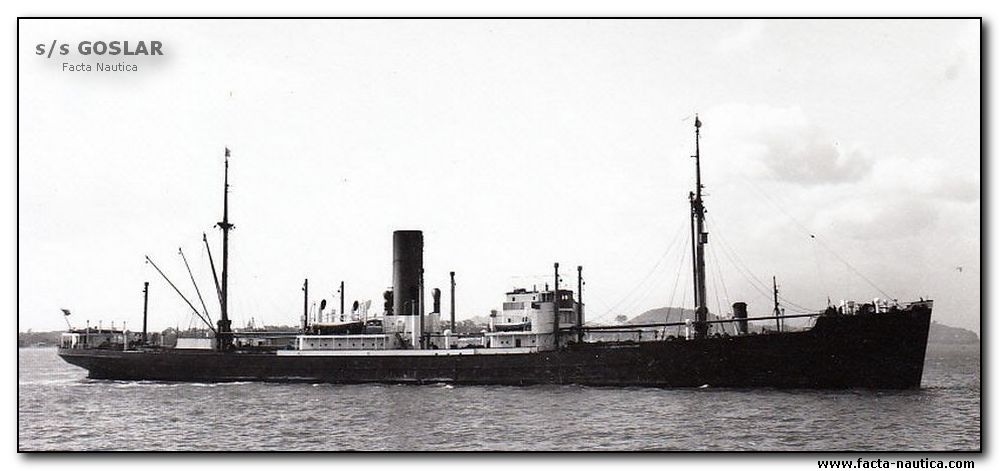
Photo. SS GOSLAR - statek III Rzeszy (graptolite.net)
Built: 1929
Tonnage: 6,040 / 9,860 tons
Cargo: N/A
Scuttled 10 MAY 40 at Suriname river to avoid seizure
0 Dead
15 Germans were made POW from a crew which included 49 Chinese nationals.
The Goslar was a German steam turbine steamboat, which for the North German Lloyd (NDL) from Bremen as cargo ship drove and in the night from 9 to 10 May 1940 before paramaribo in Suriname by the crew was brought to sinking. She belonged to the Frankfurt class of the NDL and was the sister ship of the Erlangen, which was sunk on July 25, 1941 southeast of the mouth of the Río de la Plata also by the crew.
On the night of September 5, 1939, the steamship in the port of Paramaribo under the American flag suddenly dropped anchor and the crew asked the authorities for asylum. As a result, the colonial Suriname came unexpectedly in touch with the just started war in Europe. The crew was on arrival in Paramaribo from 64 crew members, 49 Chinese and 15 Germans. After only a few days, the Chinese workers on board began to mutiny. At the captain's request, the local police came to the rescue and the insurgents were arrested at Fort Zeelandia. Ultimately, negotiations between the Goslar captain Berghoff and the shipping company headquarters in Europe and the US concluded that Chinese crew members were leaving Suriname. On September 25, 1939, an Italian ship with all the Chinese on board left the colony.
The German part of the crew stayed in Paramaribo and waited for further instructions from Lloyd. A return to Europe, however, was considered by the captain to be too dangerous for ship and crew. Time passed and as the remaining crew members were allowed to move freely, they went ashore daily. In the then remote country, they soon became welcome guests in many German, Surinamese and Dutch families and they visited each other, waiting for events.
On May 10, 1940, the German Wehrmacht invaded the Netherlands. A few minutes after the declaration of war and the German invasion, Governor Johannes Coenraad Kielstra was informed about this in Paramaribo. The Dutch colonial administration was not unprepared for the event, as the difference in time between the Netherlands and Suriname already gave the order to the police on 10 May, shortly after 1:00 local time, to all Reich Germans living in Suriname from the age of 15 years to intern. Following the order, the internment of German men began during the night until the early morning.
As already mentioned, the crew of Goslar had already made preparations for the "case of cases" for some time. Weeks before the German attack on the Netherlands, the crew had brought the coal reserve to the port side of the ship and solved all but two screws from the sea hatch. On the night of 9 to 10 May 1940, the news of the imminent invasion of the Wehrmacht to the Netherlands had been heard on a shortwave transmitter on board. As the barge approached with the police commissioner van Beek and some officers on board the ship to arrest the crew, the last steps were taken for the sinking of the Goslar. The valves were opened at a hatch so that the ship was already sinking when the police came aboard. The commissioner delivered the official message and arrested the 15 German sailors.
The question of the officials after heavy water noise was declared with a leaky toilet. One had not arrived back on the shore when the ship was already on its side and all subsequent efforts to prevent the ship from sinking with pumps failed. The agony of the sinking Goslar could be observed for days afterwards. Due to the low water depth, it has never quite fallen. To this day (December 2017), this iron island can be seen and reminds as a silent eyewitness to the Second World War and the events of the night.
The question of the officials after heavy water noise was declared with a leaky toilet. One had not arrived back on the shore when the ship was already on its side and all subsequent efforts to prevent the ship from sinking with pumps failed. The agony of the sinking Goslar could be observed for days afterwards. Due to the low water depth, it has never quite fallen. To this day (December 2017), this iron island can be seen and reminds as a silent eyewitness to the Second World War and the events of the night.
Already at 3:00 am, all German men living in the immediate vicinity of Paramaribo were interned and taken to Fort Zeelandia Prison on Suriname, including the German Consul Wilhelm Assmann. The rest of the plantations and seven German missionaries of the Moravian Church (EBG) working on the outstations followed the next day. Overall, nearly 80 men were detained. As the fort and cells were far too small for these large numbers of prisoners, the internees were transferred to a free-time retirement home on May 12. After this stopover of about a week, the prisoners were transported to the final detention center. The camp, a converted former Catholic boarding school, was located about 20 km south of Paramaribo on Copieweg, near Lelydorp. It was accessible from the capital via a road as well as from both a road and a railway line that was still in existence at that time.
From May 28, 1940, the German women and children were interned first on the plantation Mariënburg and then in Groningen. Since it was not foreseeable how long the state of war between the German Reich and the Netherlands would last, the colonial administration decided to build a family camp behind the already existing camp on Copieweg. In May 1941, the twelve barracks were ready for occupancy. The camp housed a total of 87 people, 23 men, 27 women and 37 children. Most of them, 35 adults and 28 children belonged to the EBG, which has been working in Suriname since 1735.
In August 1941 and March 1942, some of the internees ultimately made failed attempts to escape to French Guiana, as the governorate in Cayenne cooperated with the Vichy regime. The first attempt by three people failed only at the border river Marowijne. During the second escape, the internees had dug a tunnel that led from the main building under the double prickle wire fencing to the church square. In March 1942, five prisoners, including four former crew members of the Goslar, managed to escape via this tunnel passage. Already 6 km from the camp they woke in the rainforest by hitting with a machete the attention of a local. When he approached, he saw the five, one of whom indicated the direction with a compass. His suspicion that they had to deal with German refugees from the internment camp was strengthened above all by the fact that some of them wore sailor hats. He called his brother, who ran to the camp, contacted the guards, and returned with a patrol that managed to thwart this attempt.
At the end of the war, a total of 138 Germans (men, women and children) were interned. The last group of these internees only left the camp in February 1947, after about seven years, and returned with the ship Bloemfontein on February 19, 1947 in the ruined Europe.
By https://de.wikipedia.org/wiki/Goslar_(Schiff)
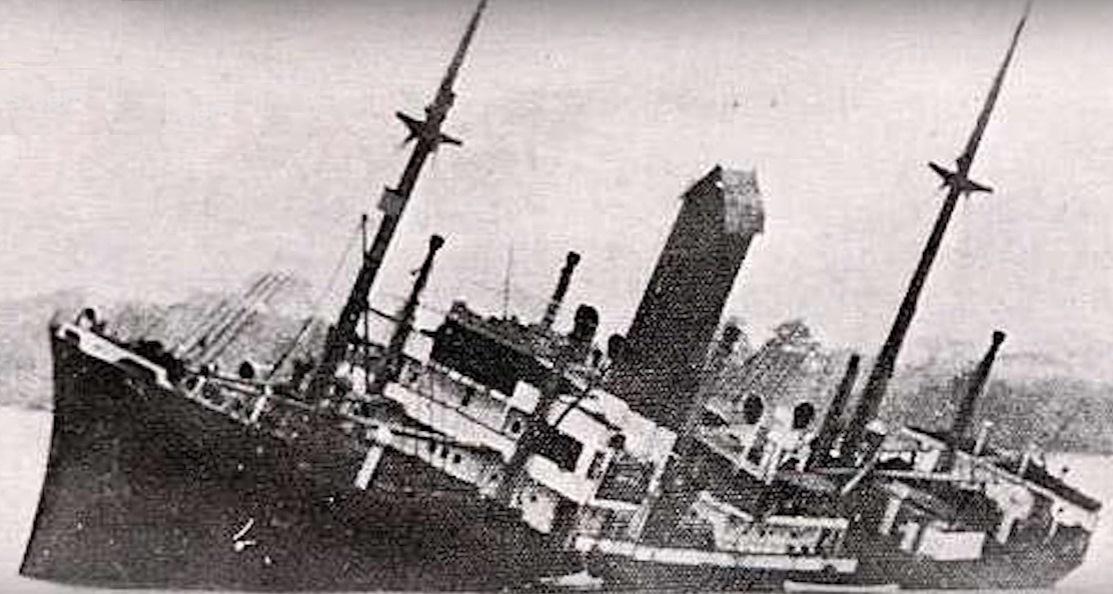
Above a rare photo from SS Goslar listing to starboard side moments before capsizing at Surinam River. Photo. https://steemit.com/life/@sinzzer/the-story-behind-the-half-sunken-german-ship-in-the-suriname-river
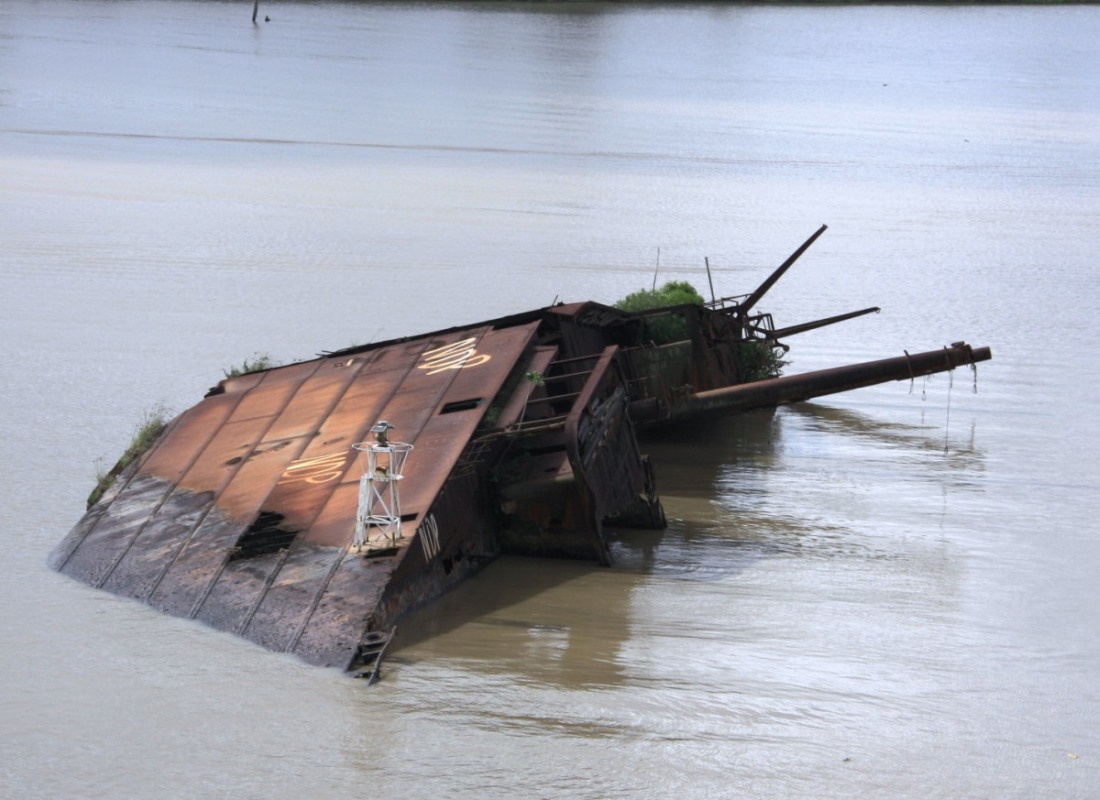
The ship's portside seen from another perspective. Photo. http://www.shipspotting.com/gallery/photo.php?lid=1274797
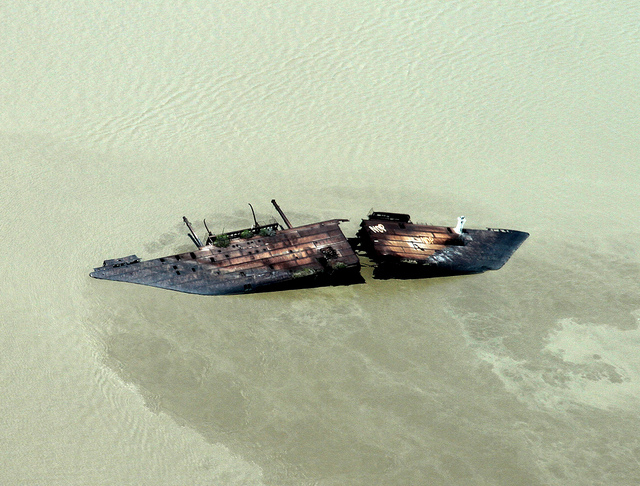
Remains of the German Merchant Goslar at Paramaribo harbor in her final resting place, untouched to day Photo http://www.shipspotting.com/gallery/photo.php?lid=1274796
